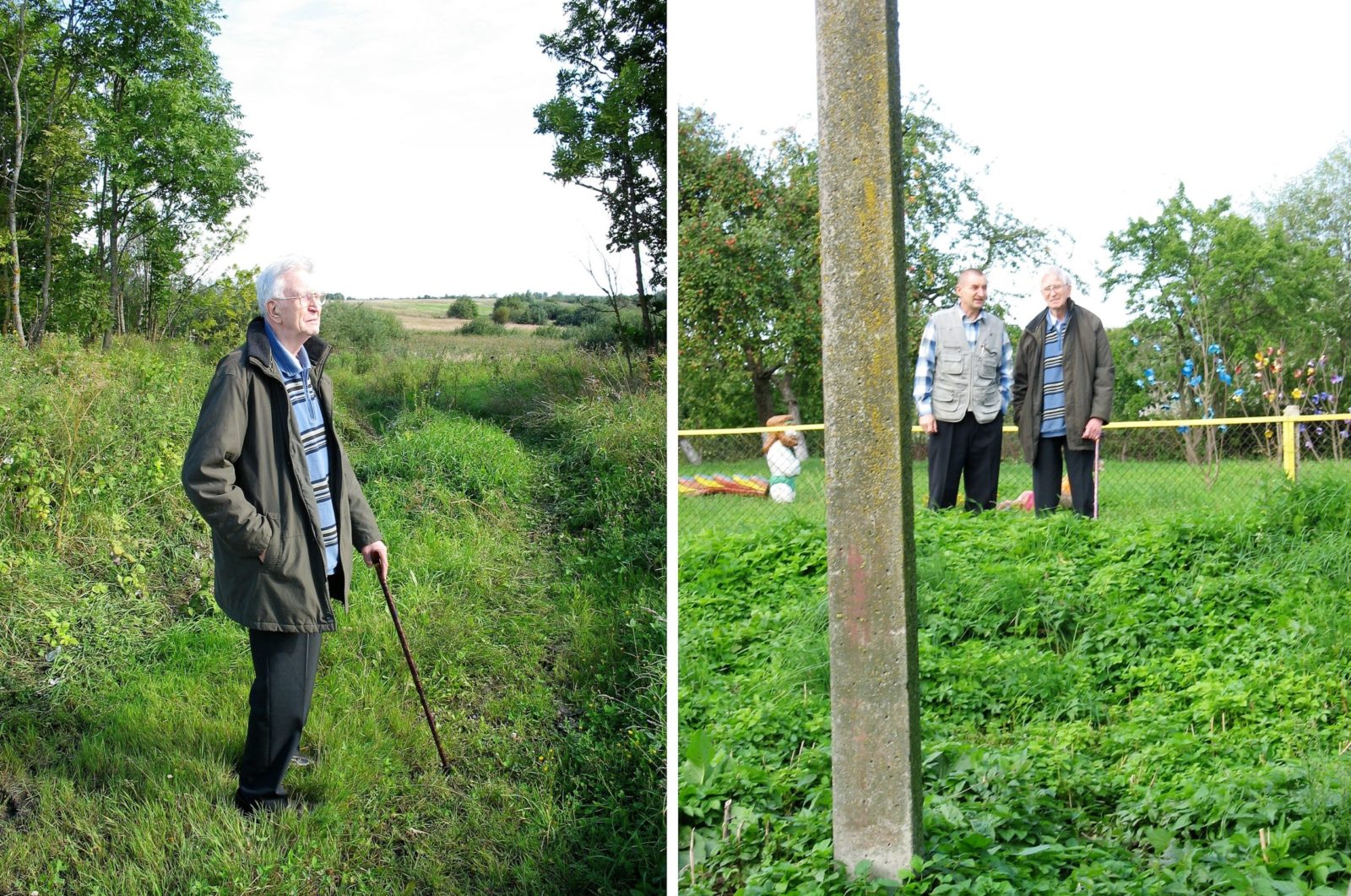There are a variety of starting points and methods for determining the history of a property, an area or a place as comprehensively and completely as possible, as is usual within the framework of a historical-genetic reconstruction (HgR). For example, if a former military property - such as a barracks site - is to be put to a new, civilian use in the medium term (so-called conversion), possible contamination by explosive ordnance and contaminated sites must be determined at an early stage. In particular, dangerous contaminated sites can still be present on a site today due to explosive ordnance left behind and hidden in the ground or contamination from previous uses as, for example, workshops and maintenance facilities. In order to reconstruct as precisely as possible whether and if so, which weapons were used on a site or where, for example, a tank facility was operated, archival and literature research is the first choice. Often, historical construction plans from different epochs can be found, which make it possible to specifically identify the locations relevant for contamination. Ideally, the HgR can then describe exactly where soil and groundwater samples are subsequently to be taken and where explosive ordnance is to be expected in the subsoil.
The evaluation of historical aerial photographs is an essential supplementary method that is closely interlinked with archival and literature research. Nevertheless, it may be that both the written sources and the aerial photographs leave questions unanswered. Particularly in the case of military properties used by the former GDR, aerial photographs used to be blacked out for security policy reasons, or construction and use plans were deliberately destroyed. In these cases, it is helpful to go in search of another, often very fruitful source: Contemporary witnesses and local knowledge carriers. The often time-consuming search for local experts or former employees of a company or soldiers stationed in a barracks is not infrequently the last chance to close the existing gaps in a historical-genetic reconstruction. These persons can - in critical and complementary consideration of the other existing sources - provide important clues to the concrete processes on site and historical uses. Detailed information on the types of weapons used or on the earlier handling of potential pollutants can sometimes tip the scales in favour of a suspected contamination in the context of a HgR.
For over 30 years, M&P Ingenieurgesellschaft has been helping its clients to reconstruct the historical use of sites and areas in the best possible way in order to avert dangers to life and limb and to ensure reliable building and land use planning.
#mullandpartners #engineeringforabettertomorrow #HgR #Historical-genetic #Reconstruction #exploration of explosive ordnance #Levaluation of aerial photographs #witnesses #history #applied history #exploration of explosive ordnance #suspected contamination #conversion #Axploration of contaminated sites

